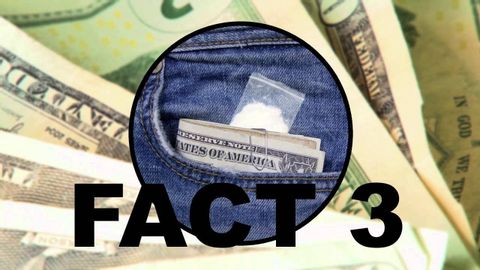
Subtitles & vocabulary
4 Science Secrets About Money - Reactions
00
Eating posted on 2015/02/03Save
Video vocabulary
extremely
US /ɪk'strimlɪ/
・
UK /ɪkˈstri:mli/
- Adverb
- In a way that is much more than usual or expected
- Remarkably; unusually.
B1
More fact
US /fækt/
・
UK /fækt/
- Noun (Countable/Uncountable)
- Something that is known or proved to be true
A1
More federal
US /ˈfɛdərəl, ˈfɛdrəl/
・
UK /'fedərəl/
- Adjective
- Consisting of several united states
- Relating to a system of government in which power is divided between a central authority and constituent political units.
- Proper Noun
- The central banking system of the United States.
B1
More carry
US /ˈkæri/
・
UK /ˈkæri/
- Verb (Transitive/Intransitive)
- To have a child, be pregnant
- To have a disease you might give to others
A1
More Use Energy
Unlock All Vocabulary
Unlock pronunciation, explanations, and filters
